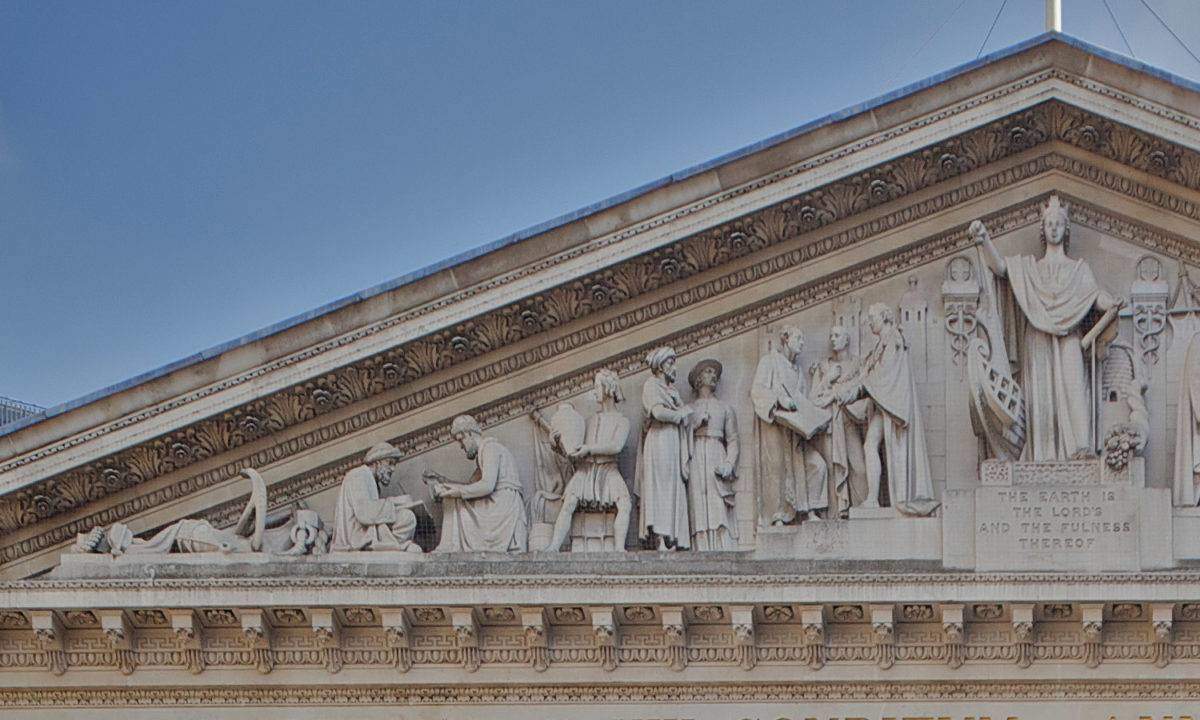Contracts, borrowing, debt, business practices. These may not typically be words we care to ponder while traveling, but over the course of history they are just the things that helped forge some of the world’s most fascinating places. From an early European mint to a once-massive Chinese bank to the home of one of the most famous banking families ever, here are six historically significant sites that loomed large in the development of the world economy we know today.
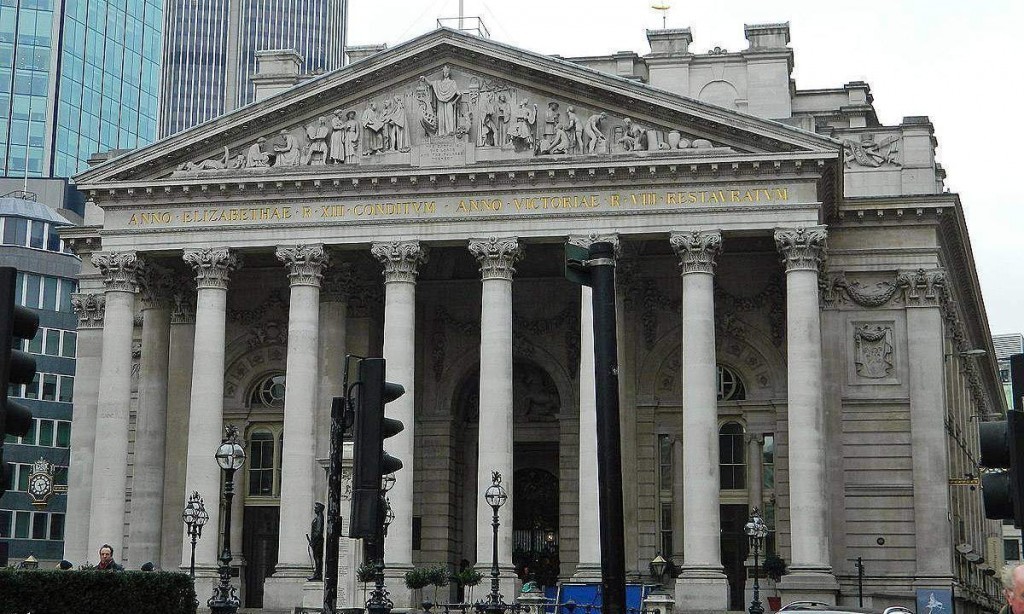


City of London, England
The City of London is actually a district within the greater city of London, more than 2,000 years old and once a key outpost of the Roman Empire. Its role as the center of financial activity is long established. In the 16th century, the City of London emerged as a major center of commerce and with the opening of the Royal Exchange as a hub for merchant activity in 1571, solidified that status. The current Royal Exchange building is the third one on that site–the other two burned down–and today hosts a number of boutiques, restaurants and bars.



Petra, Jordan
The Treasury is the most famous building in the ancient city of Petra, carved into the desert cliffs of southwest Jordan. But it’s designation is most likely a misnomer–it contained some treasures, but wasn’t a treasury. Still, Petra was a key commercial center a couple thousand years ago, thanks to its location, which made it an important stop along the trade route between the East and West. Today, Petra is the most popular tourist attraction in Jordan.



Aegina, Greece
The island of Aegina, just 17 miles from Athens, has a fascinating history as a producer of money. Here, the first coins in Europe are believed to have been produced in 700BC. Fast forward to the early 1800s, and Aegina also served as the first capital of modern Greece, in that capacity housing the young country’s first mint, located in the Governor’s House, which is today a museum open to the public. The ancient remains above town are magnificent.
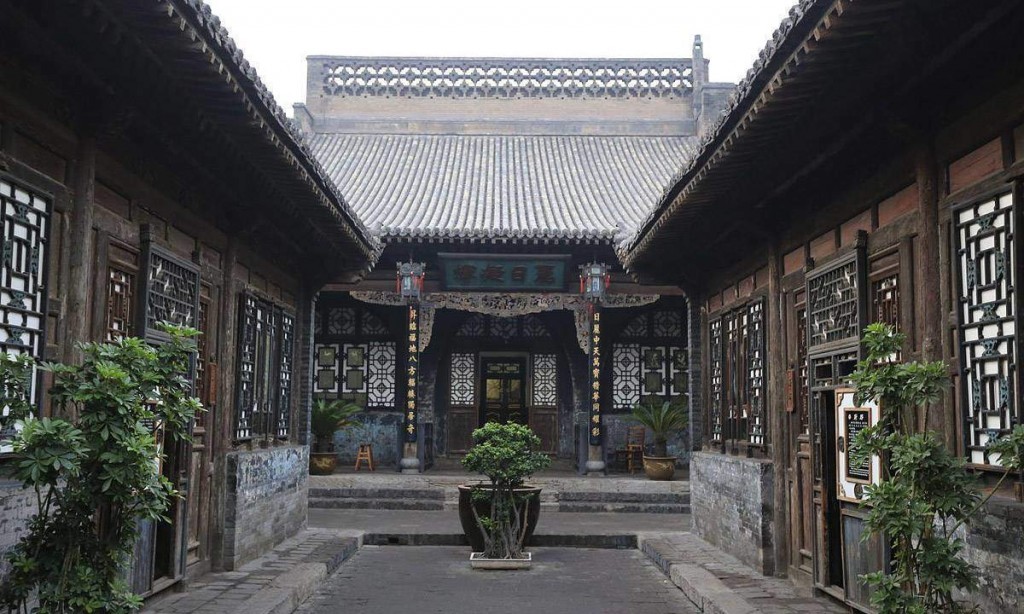


Ping Yao, China
During the late Qing dynasty in the 18th and 19th centuries, Ping Yao was the financial center of China, home to many banks, or “trading shops,” including the Rishengchang Exchange Shop which at its height controlled half of the Chinese economy. Today, the bank’s building is a museum. The ancient town is well preserved and a treat to explore.
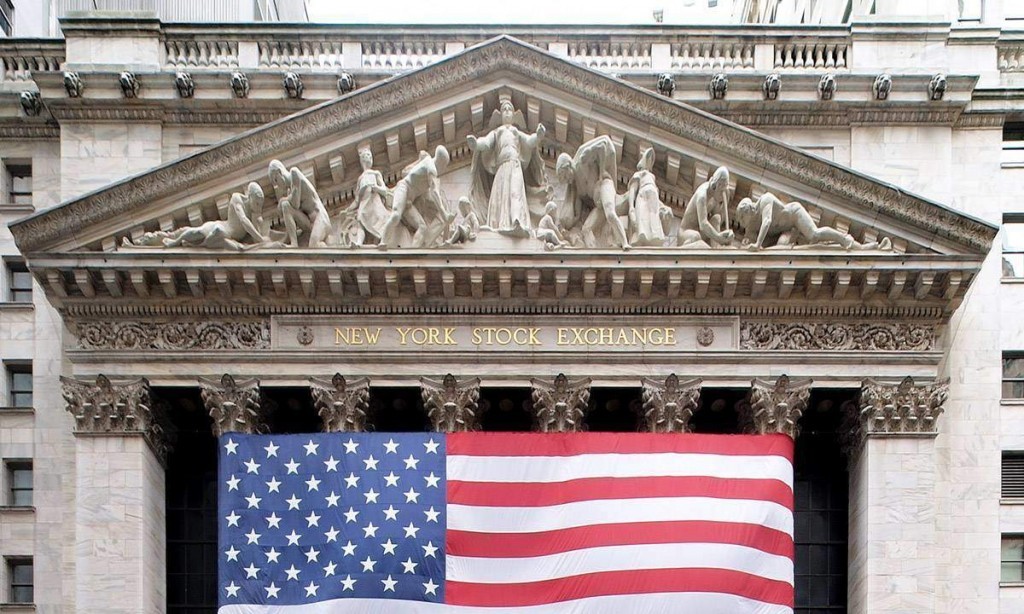


Manhattan’s Financial District, New York
A lot of New York’s biggest power players in finance have long decamped to Midtown, but the symbolic markers of American finance remain in lower Manhattan: Wall Street, the New York Stock Exchange, and more than 500,000 bars of gold stored in a vault under the Federal Reserve of New York building—all of it situated along the oldest New York City Streets. The area is packed with early history, both economic and other. Wall Street, in fact, represented the northern limit of the fledgling city in the 17th century.
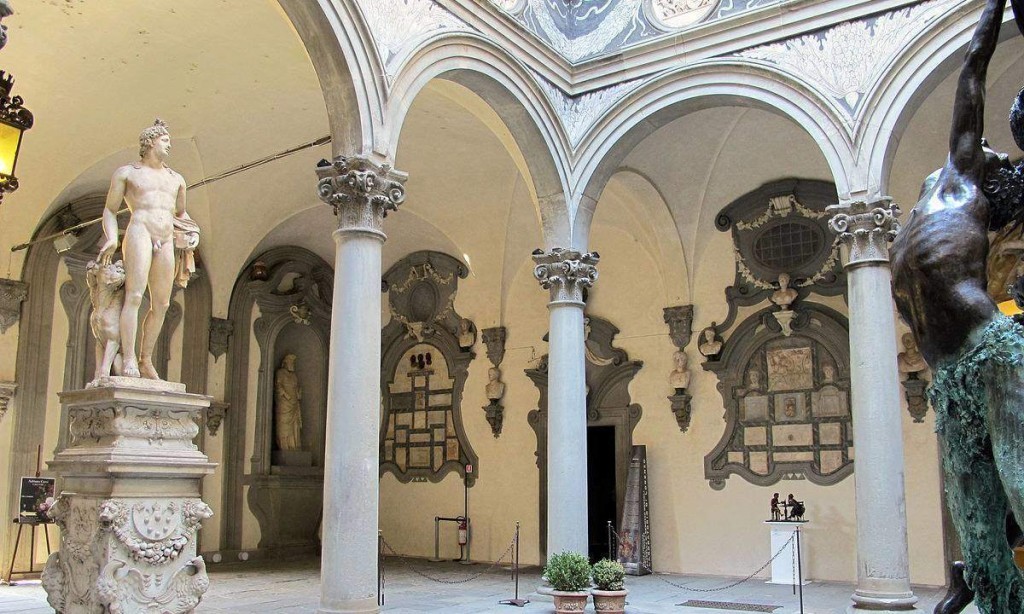


Florence, Italy
As the modern concept of banking emerged in the 14th century, no city took fuller advantage than Florence, and no family capitalized on it more than the Medici family, who owned the biggest bank in all of Europe in the 15th century. The family’s home from that time, Palazzo Medici Riccardi, now contains a museum that is well worth a visit.



